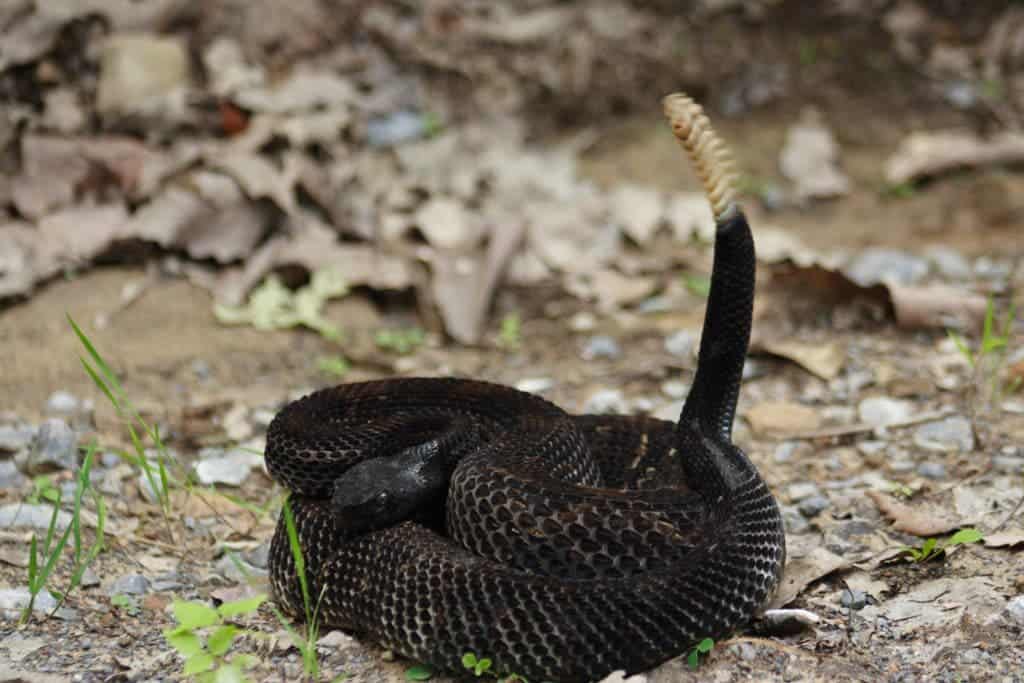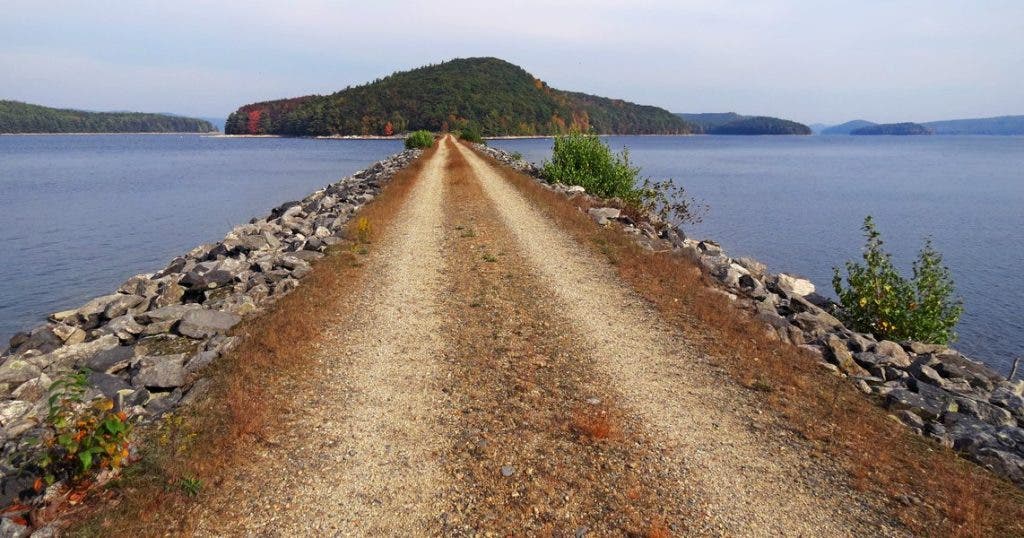Massachusetts state officials plan to designate the uninhibited island Mount Zion as a safe haven for the endangered timber rattlesnakes. The 1,350-acre wide site will be populated with adult snakes and authorities will keep a close watch on their progress.

Image by Wikimedia user Rkillcrazy.
Timber rattlesnakes are one of the Commonwealth’s most endangered species of snakes. While other species in the area have seen an increase in population over the past several decades, the number of timber rattlesnakes has been steadily going down over this period. This venomous species has been heavily affected both by habitat loss (as the snakes require hard-to-find deep hibernation sites to survive the winter) and by humans killing the animals out of fear.
There’s a real danger that there won’t be any timber rattlesnakes to rattle their tails around if steps are not taken to protect the species. With only 200 known individuals (including those in zoos) currently living in the state of Massachusetts, officials have begun an official conservation program. But where do you put animals that a) most people are terrified of and b) require some pretty rare terrain to survive?

Image via The San Diego Tribune
Cue Brazil’s solution to a similar problem, Ihla da Queimada Grande, or Snake Island. Following their example, officials plan to designate the largest island in the Quabbin Reservoir, named Mount Zion, as a protected habitat for the species. This 1,350-acre uninhabited island is perfect for the snakes because of it’s isolation and protective habitats. The program calls for adult snakes, grown at the Roger Williams Park Zoo in Providence, Rhode Island to be taken to the island where authorities will monitor them until a healthy population is established.
Unsurprisingly, some of the local residents want none of that. Despite the readily apparent need for conservation, everyone would rather that the conservation itself take place somewhere else. Somewhere far, far away would be best. However, Massachusetts Division of Fisheries and Wildlife project director Tom French wants to assure everyone that neither the plan nor the beasts pose any real danger to locals.
“As a venomous snake, the Timber Rattlesnake certainly has the potential to be dangerous but the reality is that there has been no harm inflicted on the public by these reptiles,” says French.
“Timber Rattlesnakes are generally mild in disposition and often rattle their tails to alert animals and people of their presence.”
Locals need not be concerned with a reptilian invasion of the mainland, French adds. Timber rattlesnakes are competent swimmers but they need to find well protected, deep hibernation sites to survive the local winters. There simply aren’t any suitable boulder fields of deep fissures left for them to live in. Without adequate protection, these cold-blooded creatures will not easily establish themselves beyond the island.
The snake conservation plan has been in development for years and has the support of Massachusetts Governor Charlie Baker.
“People are just petrified of snakes,” says Peter Mallett, a local resident.
Still, seeing as most locals are starting to warm up to the project, Mallett hopes that human beings and snakes can coexist peacefully.






